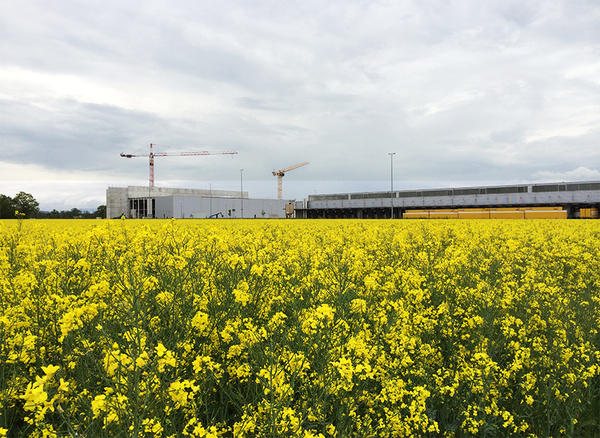Achtung: die Landschaft III

Designing as strategy of remedial.
Projects for the territories of the Swiss Mittelland
In 1955 Max Frisch, Lucius Burckhardt und Markus Kutter published Achtung: Die Schweiz, a warning about the increasing sprawl throughout the Swiss landscape and a plea for a new and more controlled level of urbanity in the form of high-density settlements. Fifty-nine years later, the level of alarm against the increasing levels of urban sprawl has not diminished and yet single-family houses and low-density settlements still unabatedly continue to erase the Swiss landscape. Openly alluding to the book of 1955, Achtung: die Landschaft attempts at offering a different yet radical alternative to the problems of land, landscape and resources consumption that contemporary forms of urbanization imply. Instead of new dense settlements built outside of the existing cities as advanced in 1955, we propose to place landschaft – land, landscape and the entire 'un-built' territory – at the center of the architect’s attention. Already central to the current political and public debate (i.e. the Zweitwohnungsinitiative and the recent Raumplanungsgesetz), the understanding of the Swiss un-built territory will become the lens through which alternative visions for the future are now advanced. Based on extensive cartographic research and field work conducted over the past year at ETH Studio Basel, this semester students were asked to directly dive into design proposals that are able to reformulate the ways in which we live, work and move across these rapidly sprawling territories. If on the one hand projects were not bound to any programmatic prescriptions or scale of intervention, they were on the other to be based on few common imperatives:
- Rather than focusing on the built fabric, proposals need to define the limits and conditions of the 'un-built' territory, intended as the space capable of offering coherence to an otherwise piecemeal pattern of urbanization;
- The critical selection of areas, sites, locations is the pre-requisite for strategic proposals that are able to resonate beyond their specific scope and thus affect a larger territory;
- Proposals are to be intended as remedial of what is already there and new constructions are accepted only if part of a densification strategy of what has already been built (built on built);
- Densification should take place where it is more meaningful in terms of living, mobility and production;
- Public mobility (trains and trams) along with slow mobility pattern should become the backbone for a new territorial reorganization.
Site
The geographical focus of the studio was the Swiss Mittelland, the grand central plateau that André Corboz already in 1994 described as the seat of a territorial city stretching from St.Gallen to Geneve. Within this vast region, three large sites have been selected for design proposals that lie at the intersection between architecture, urban design and landscape architecture. These three sites were: the Western Hochrhein valley between Muttenz and Rheinfelden (canton BL/AG), the Ergolz valley (BL) and the larger Olten region (SO/AG).
PEOPLE: PROF. JACQUES HERZOG, PROF. PIERRE DE MEURON, CHARLOTTE VON MOOS, LISA EULER, MARTINO TATTARA, METAXIA MARKAKI

